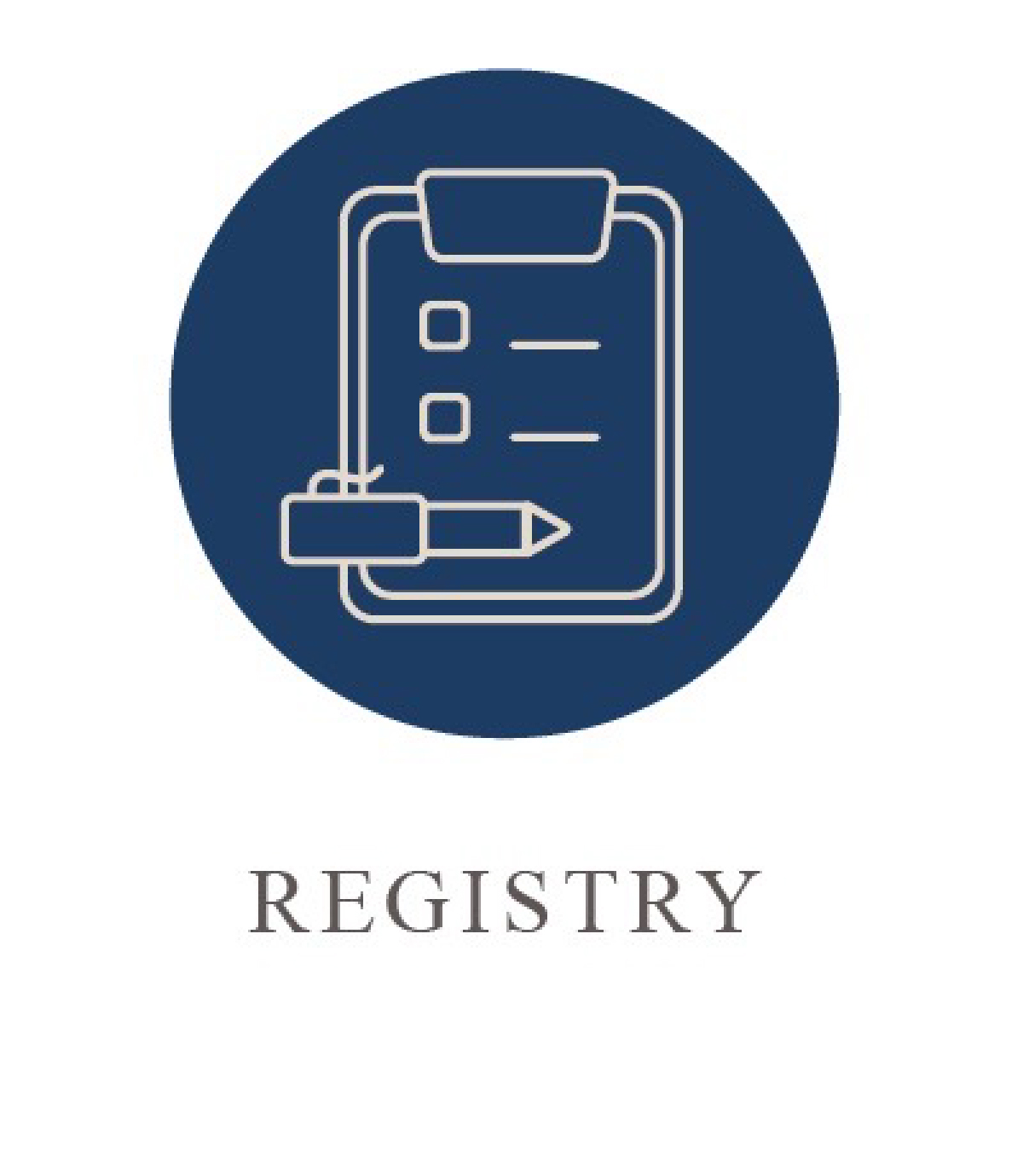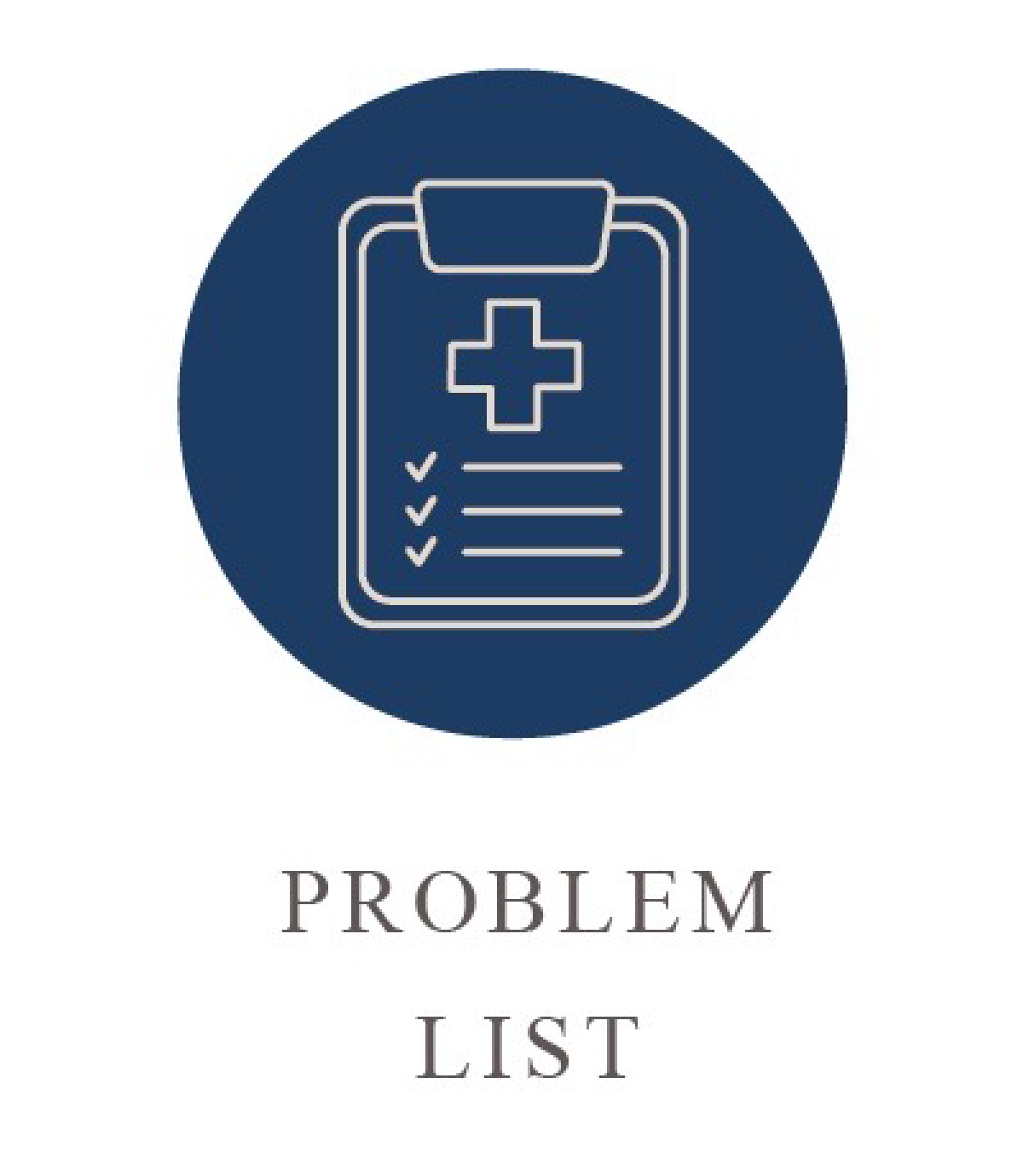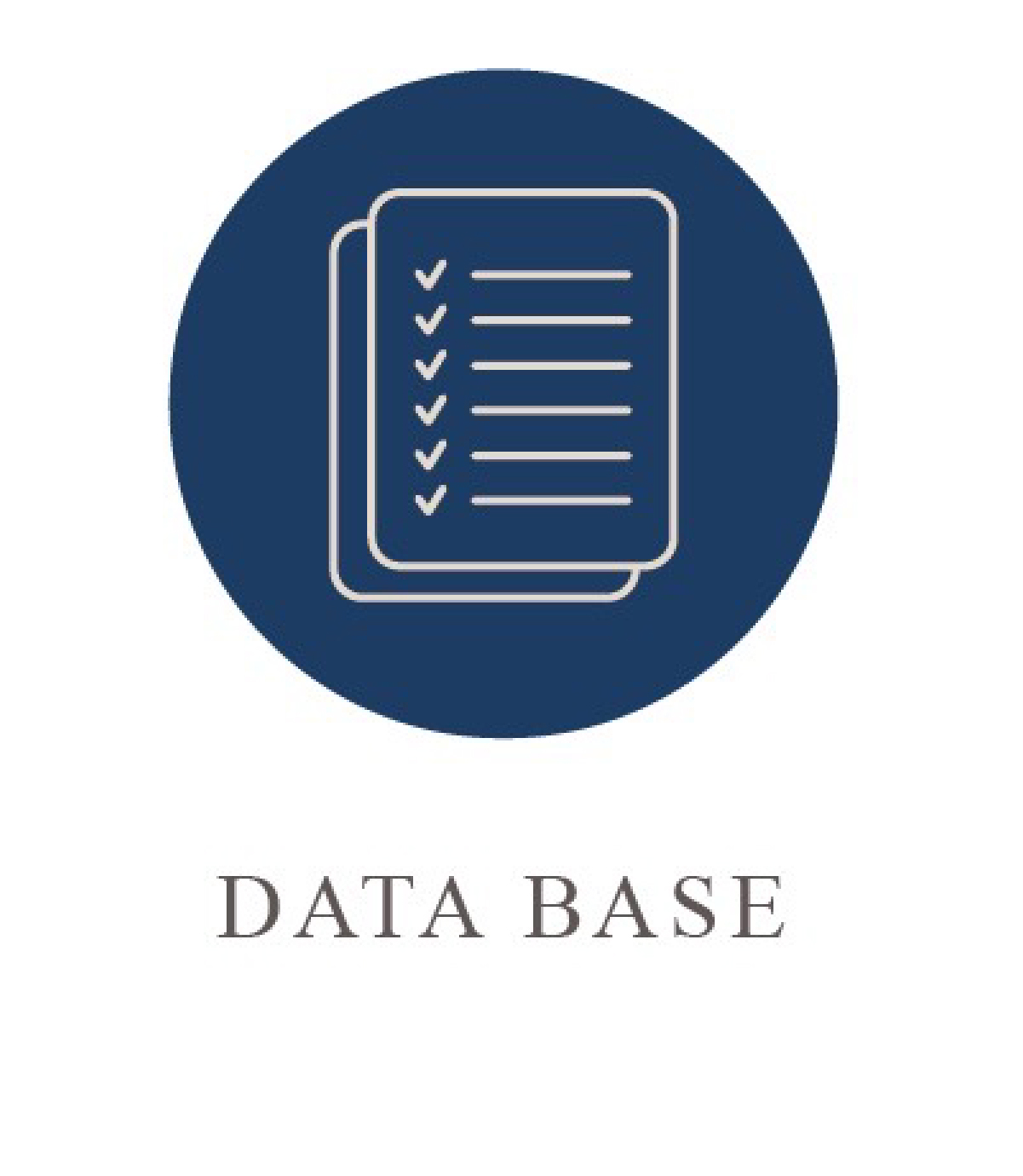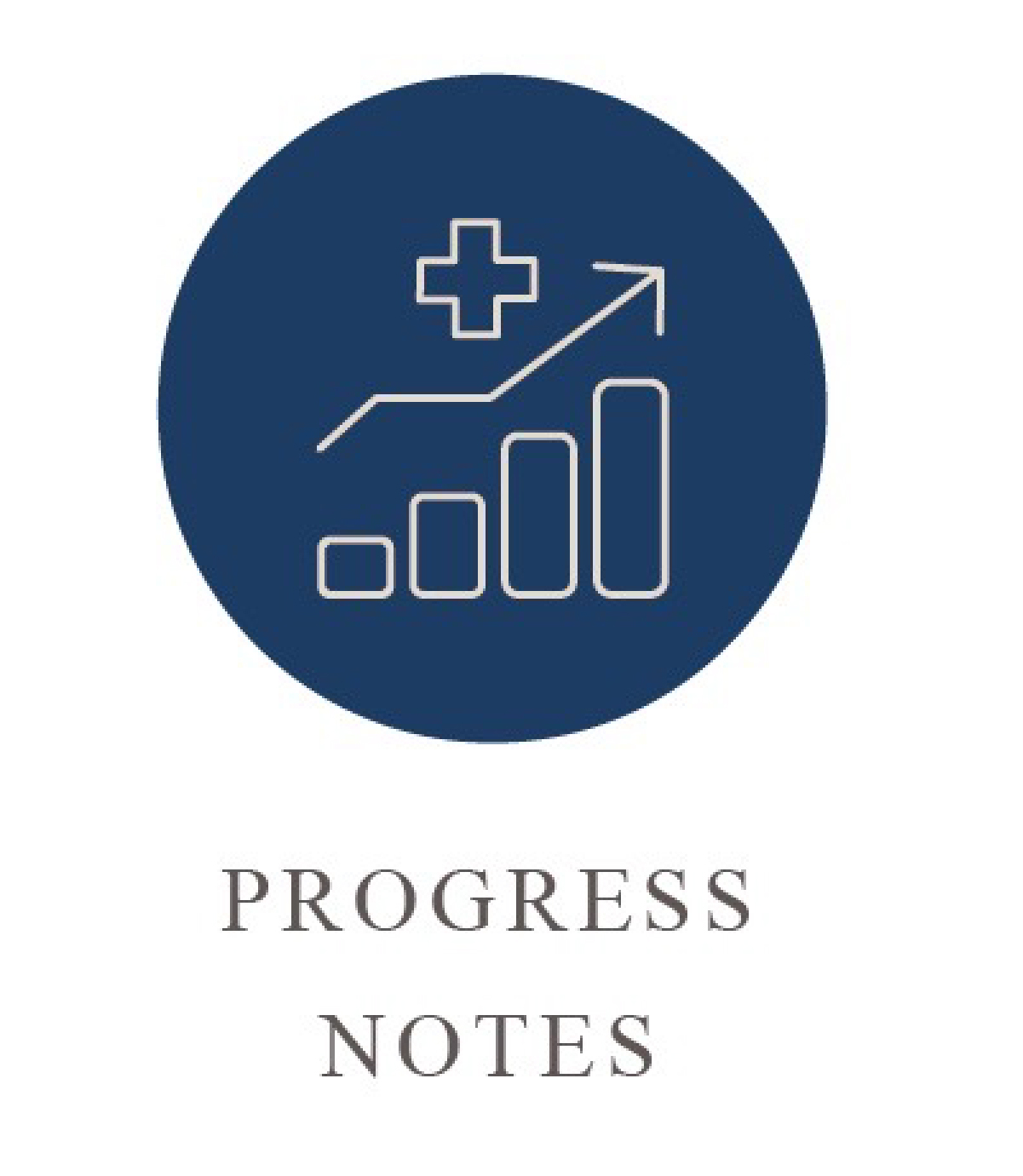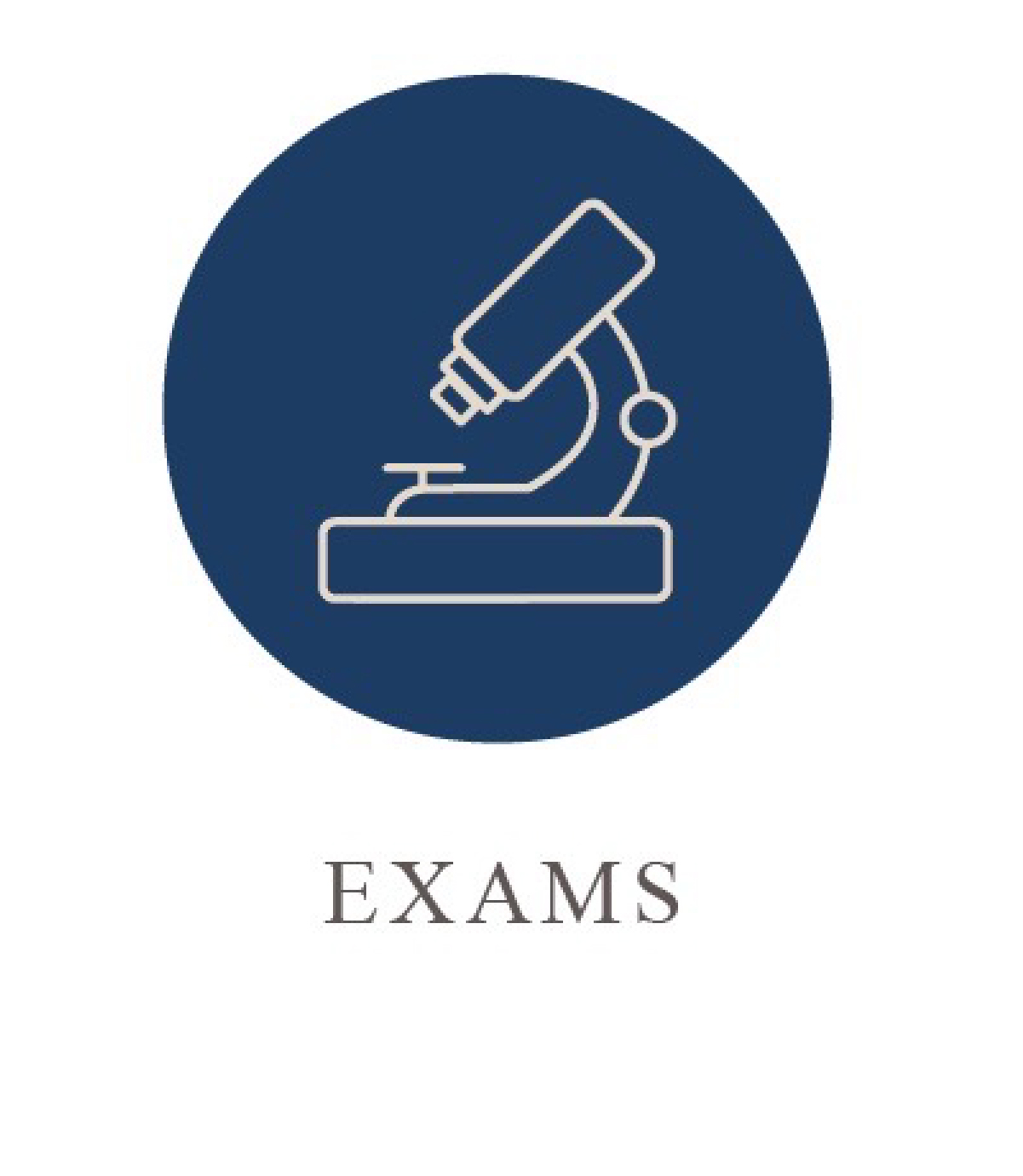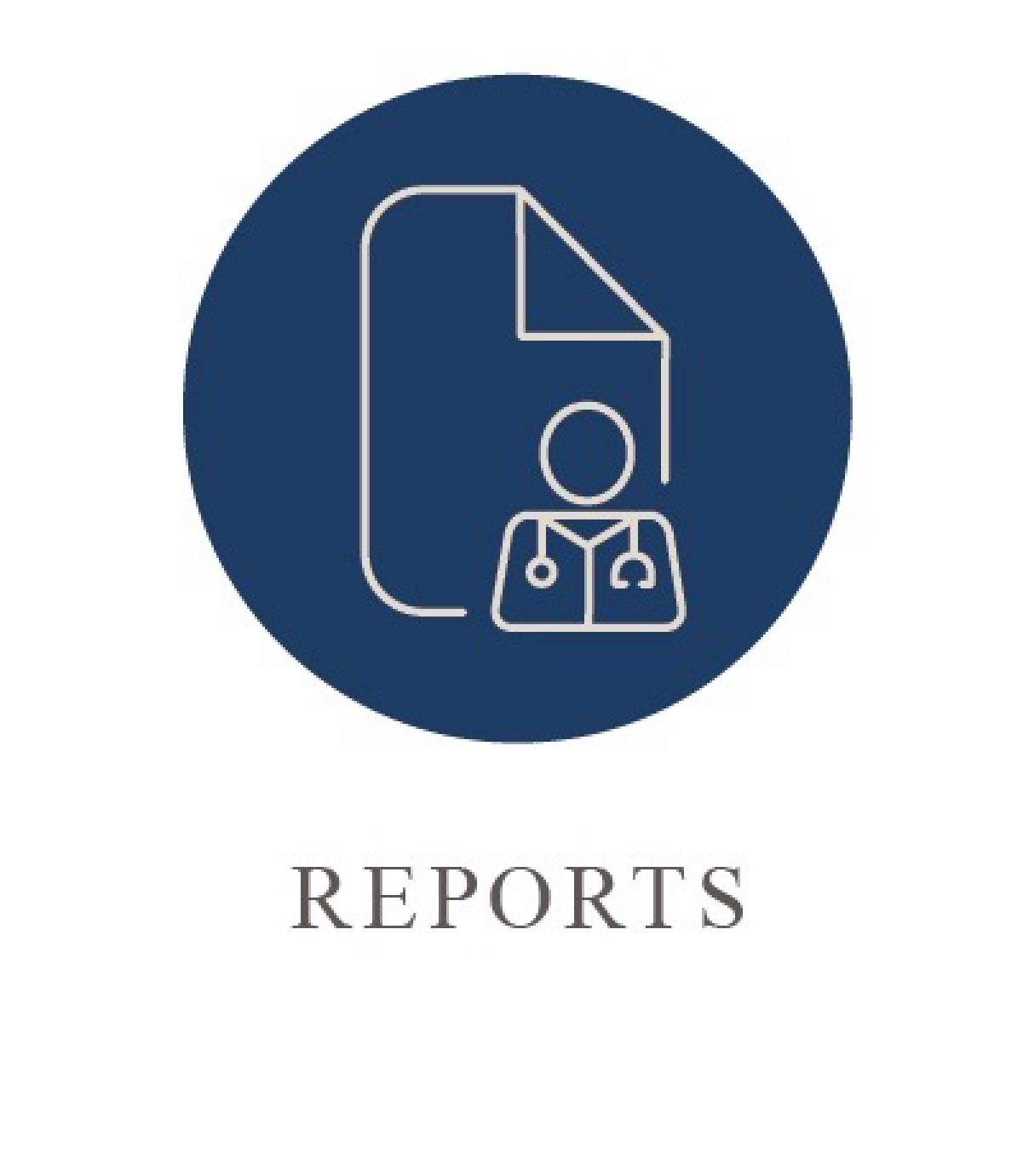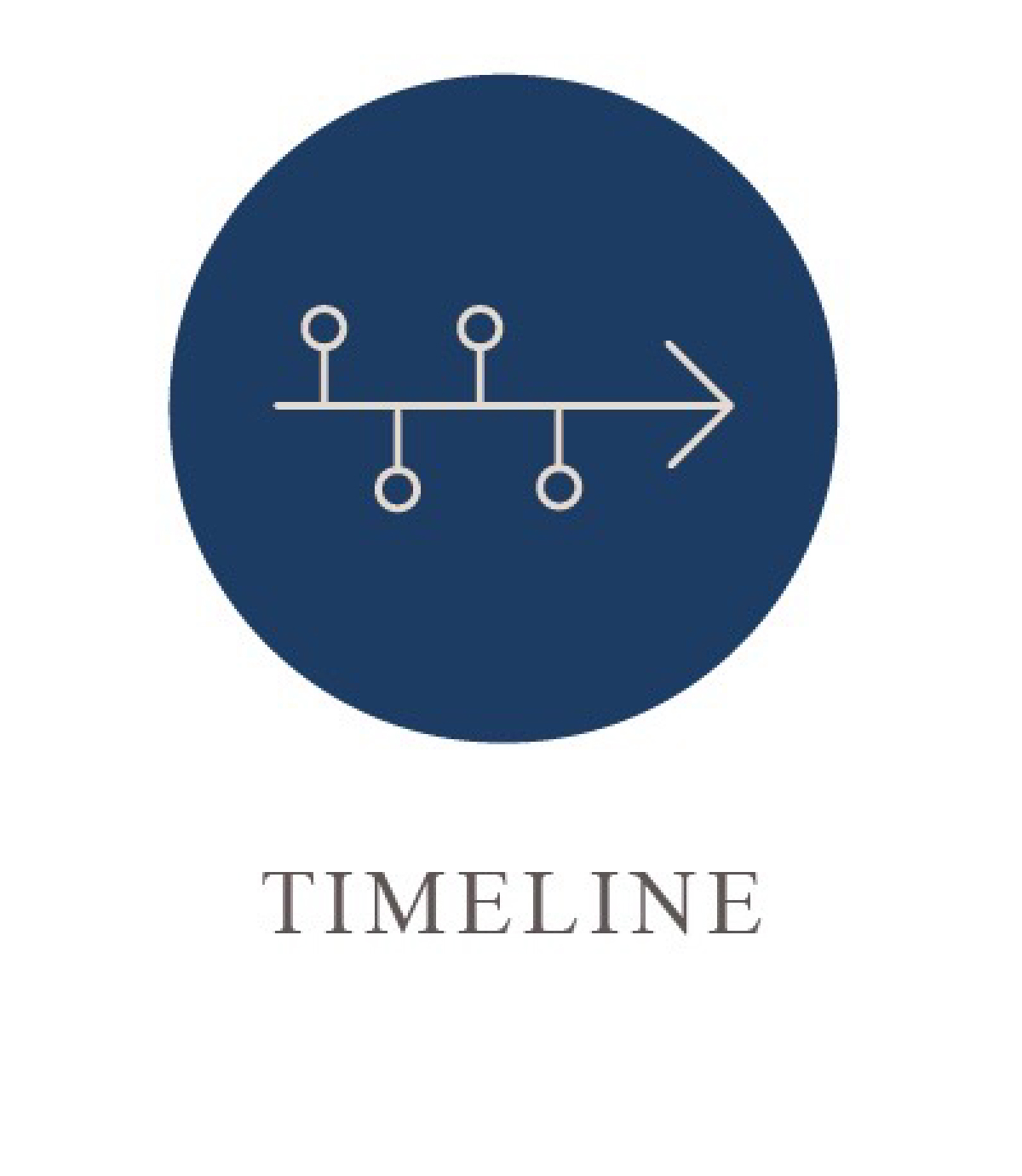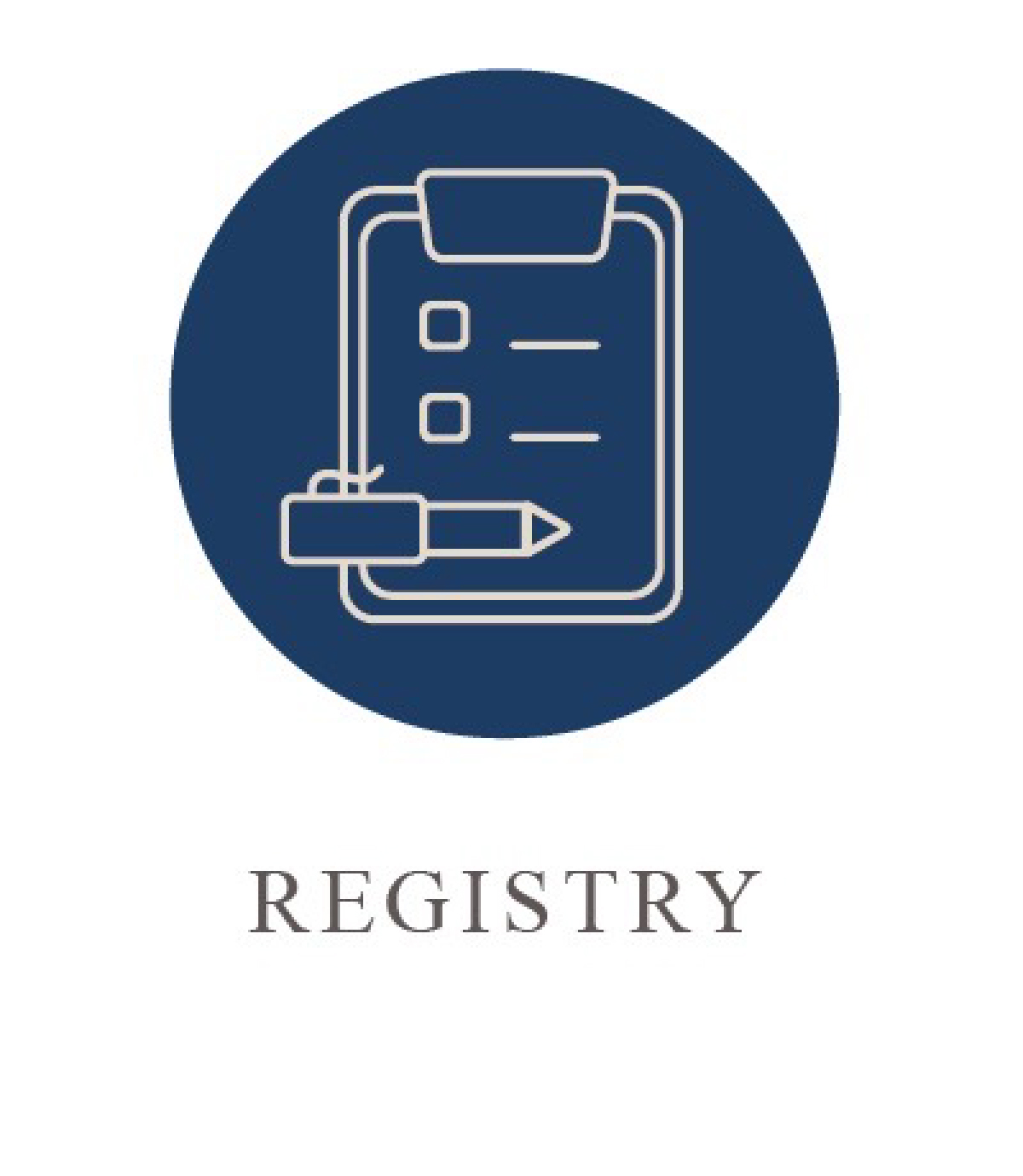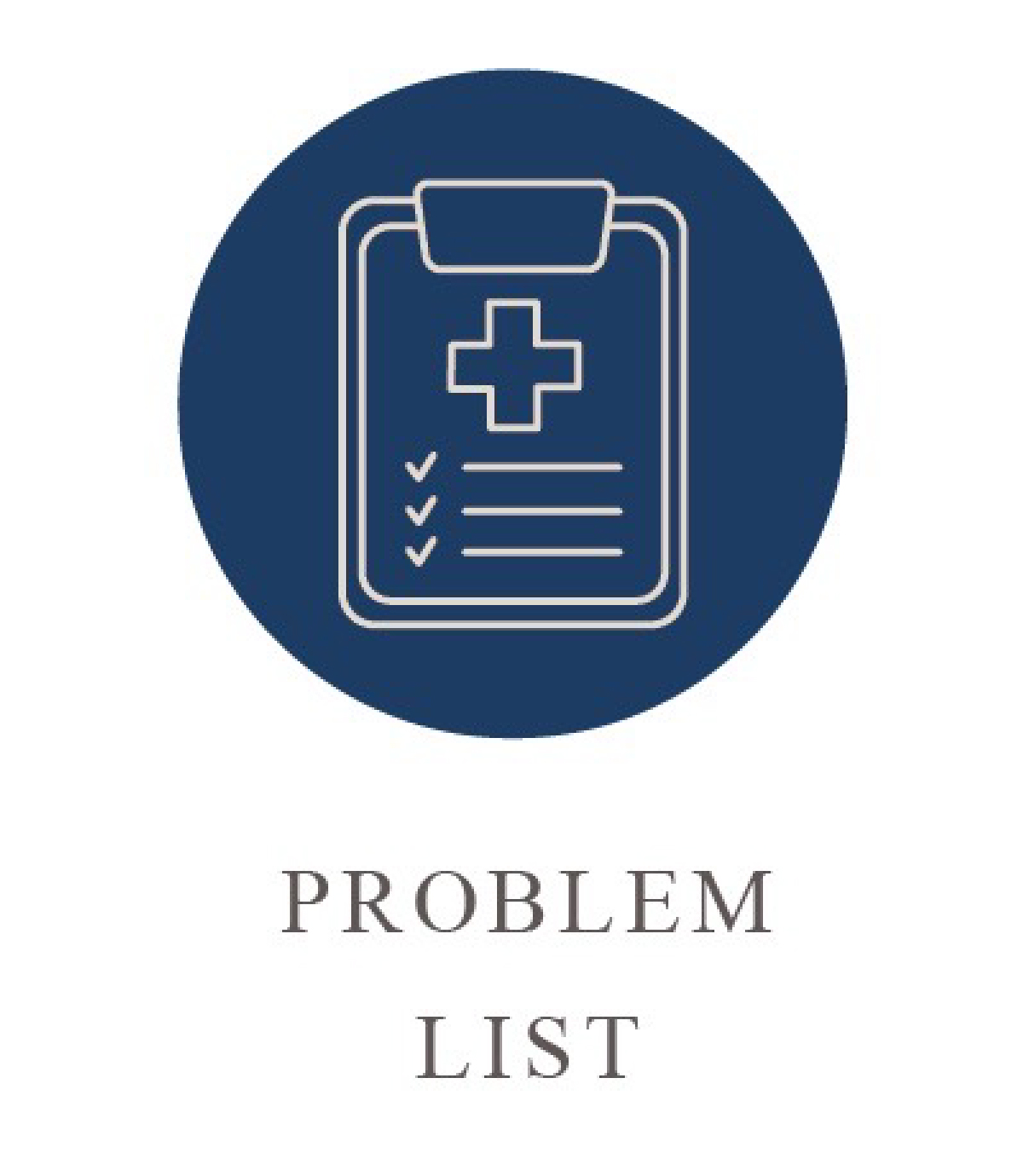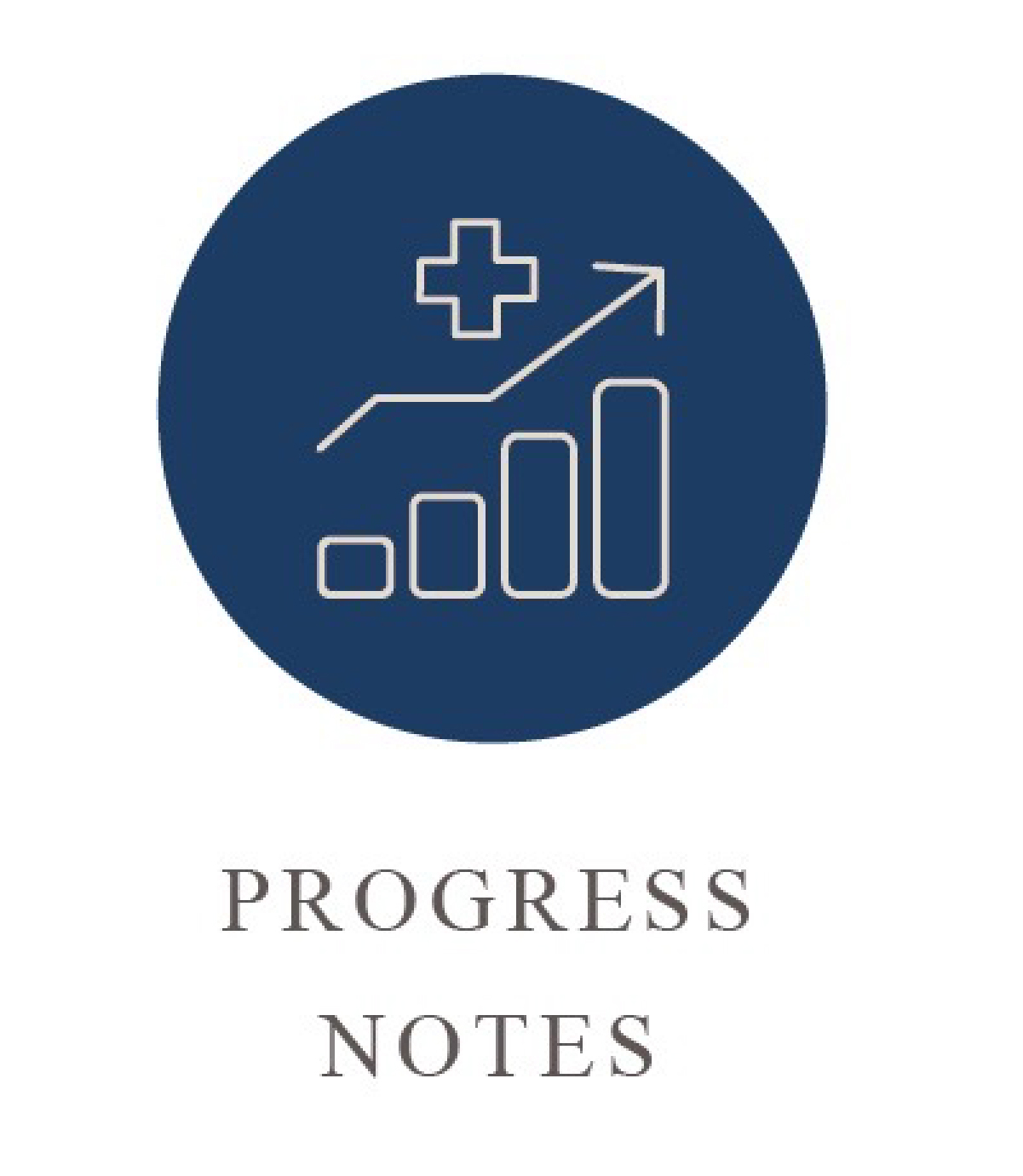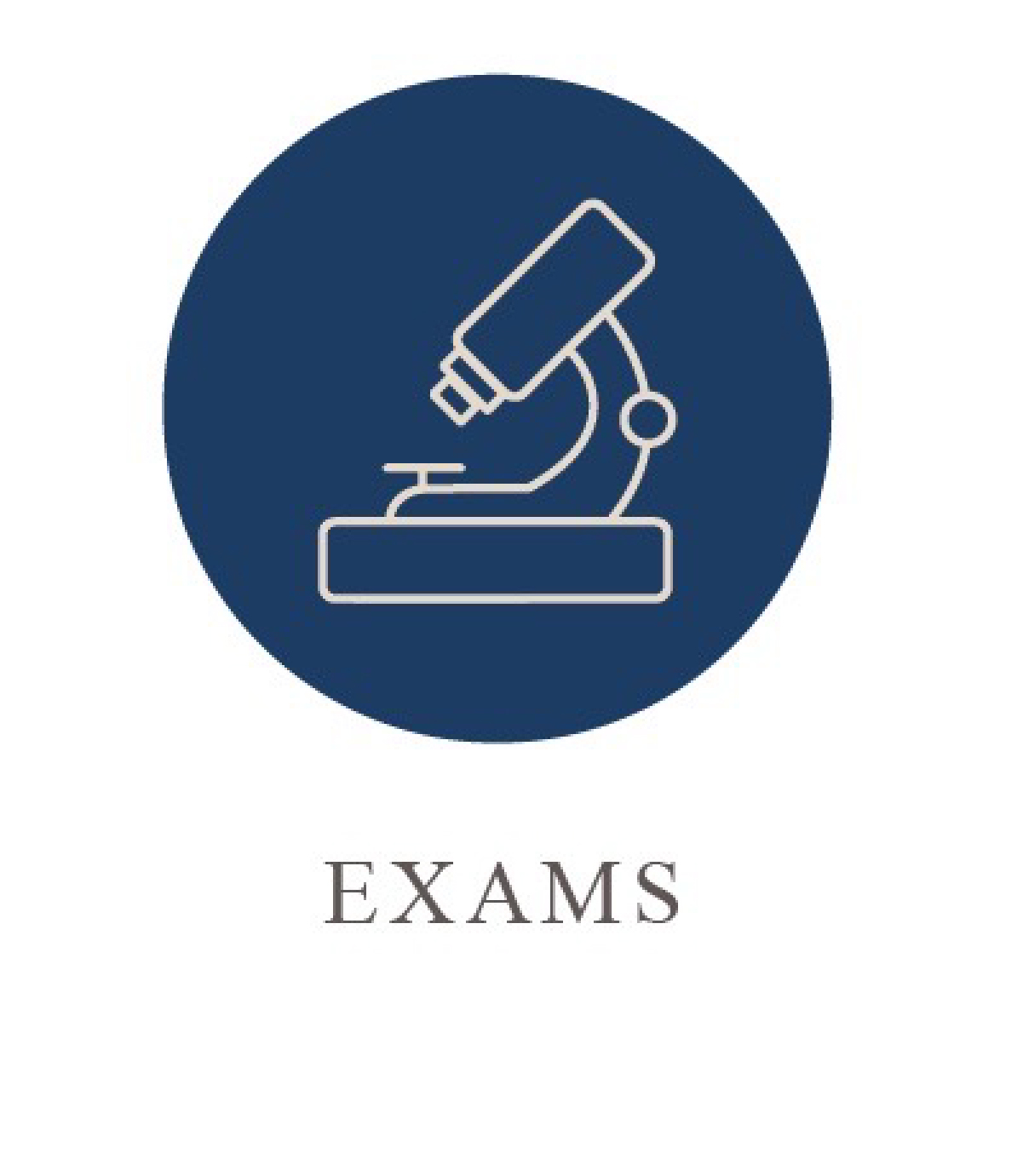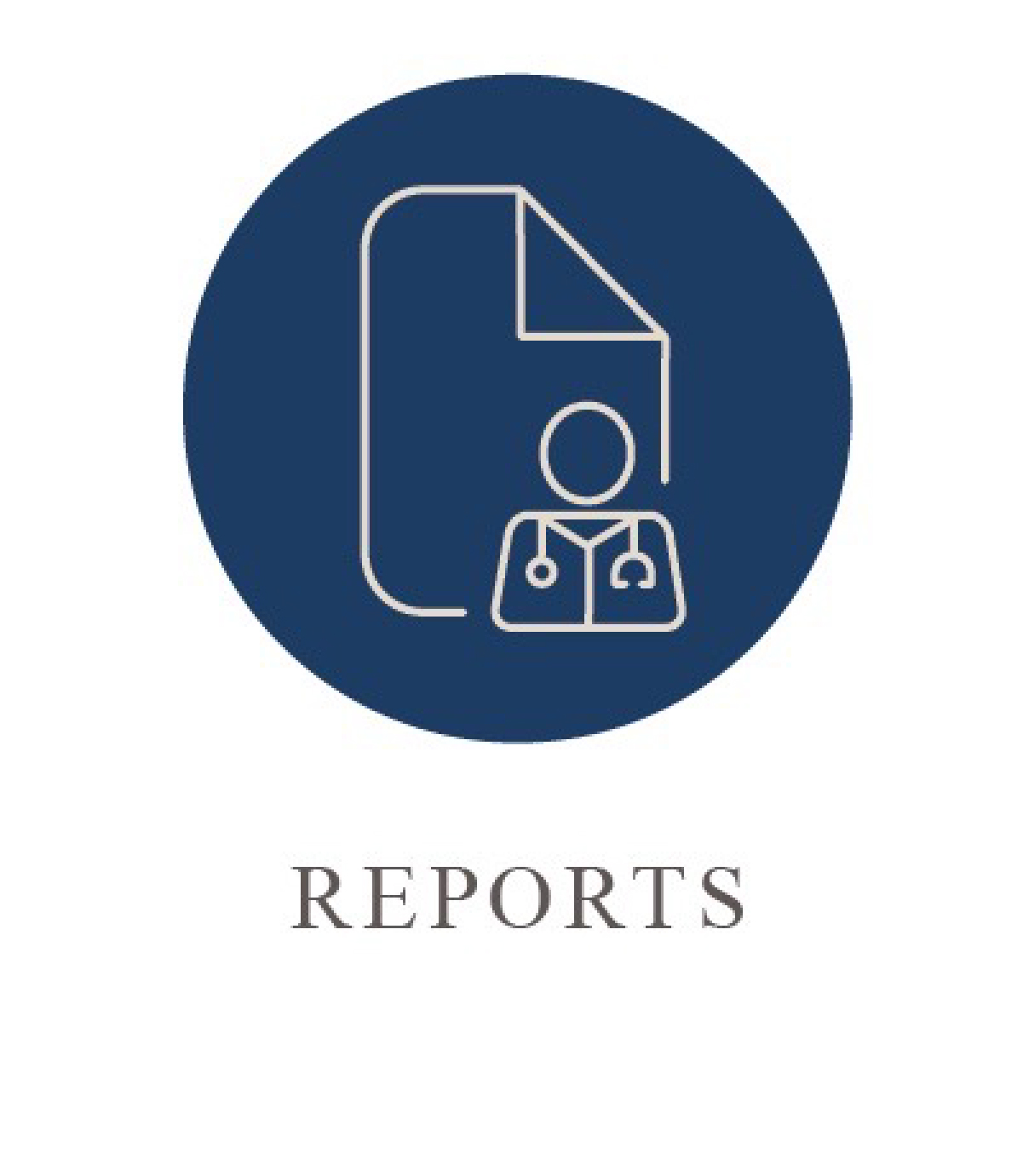James F Fleck, MD, PhD
Collective Intelligence Applied to Medicine
GLOBAL NEEDS IN THE HEALTHCARE SYSTHEM
Digitizing clinical problem-solving methodology
(the inclusive Global e-PHR methodology)1
Global e-PHR initiative proposed an electronic clinical problem-solving methodology embedded in a patient-centric Digital Health Record (DHR). Representative healthcare stakeholders were brought together using a pictorial allegorical puzzle to generate collective intelligence. The basic premise was a healthcare system centered on patients’ needs and rights. In Global e-PHR, a comprehensive health record would belong to the patient, like an identity document (ID). Patient would be required to fulfill the register and work at the privacy module of the proposed DHR. Everything else would be provided by attending and consulting physicians, who are responsible for clinical data quality. Physicians were oriented to create a problem list, according to a simplified version of the worldwide known problem-oriented medical record described by Lawrence Weed. A data base composed by clinical history, physical exam and some preliminary laboratory data would support each listed problem. Based on each numbered problem, physicians would define their intervention planning, which should be kept under surveillance and recorded in progress notes until it is resolved. Additionally, reports, images and videos of diagnostic exams would be uploaded into the designated modules. Patients would be stimulated to actively interact with their physicians to better qualify the problem list. The DHR would also provide to the patient an automatic generated timeline of events and a summary including all uploaded information. Patient access to their DHR would be based on exclusive username and password, making it accessible in real time and anywhere in the world. Only the patient would have the right to share their clinical information. At patient’s discretion, sharing clinical data would be restricted to professionals or institutions directly involved in their healthcare. The algorithm incorporated into DHR, as described above, has digitized clinical problem-solving methodology, proposing a global standardization for a patient-centric care model.
1 For a better understanding of Global e-PHR methodology go to www.ephr.org
Health is a state of harmony with the fractal expression of nature


